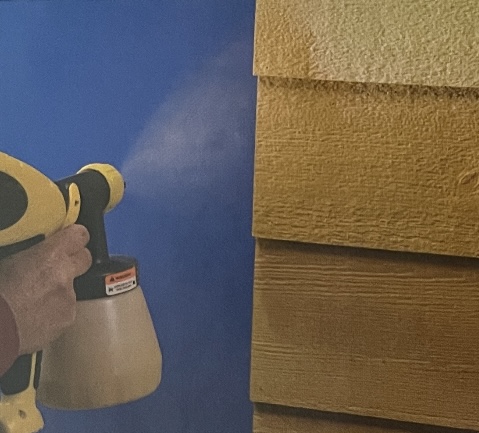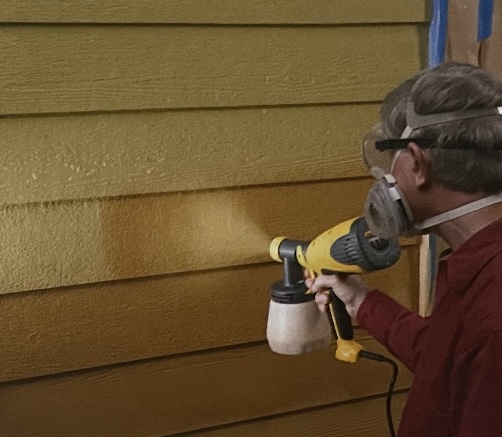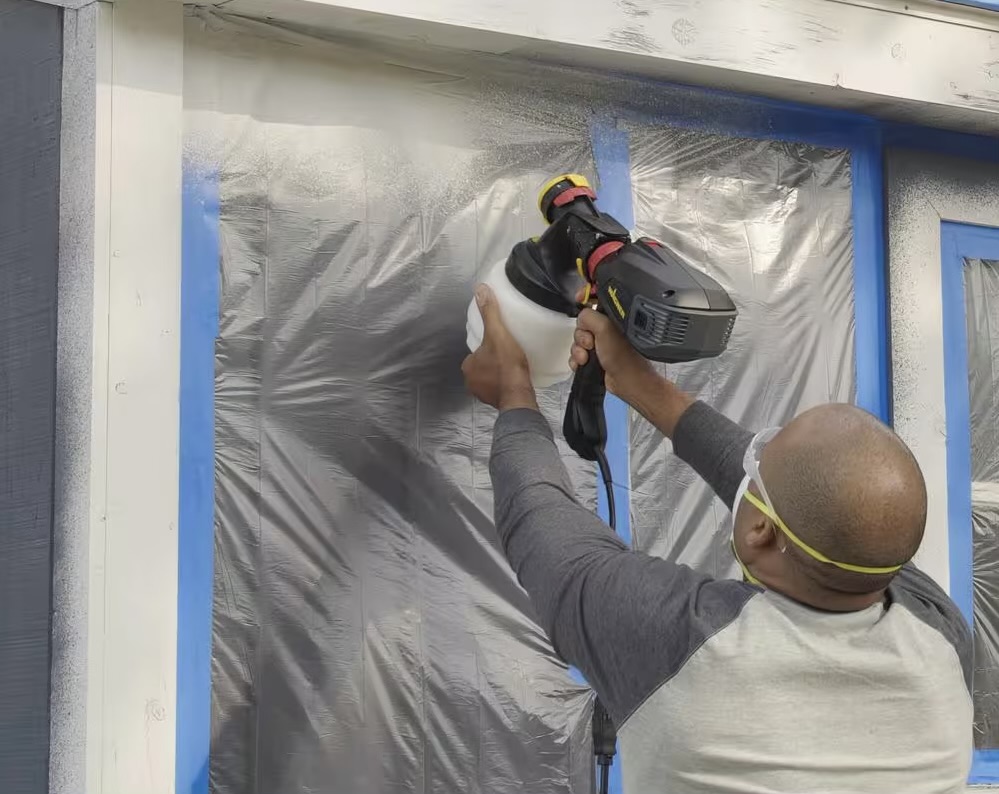Sometimes, you may have to tackle a massive painting project, like painting an entire house, or a job that requires getting paint into every small space, like painting a decorative picket fence. In these cases, spray painting is the way to go. Although prefilled spray cans are suitable for small projects, they are available in a limited color range and contain a small amount of paint.
This equipment features high-quality components that force paint through tiny openings under pressure, transforming it into a mist. By adjusting the nozzle’s speed and spray pattern, you can accurately target the surface with paint, producing a smooth finish. To achieve optimal results, thinning the paint may be necessary; follow the equipment’s instructions to avoid clogging the nozzle.

Transfer the paint into the container. Prior to application, you may need to thin the paint according to the manufacturer’s instructions (latex paint with water, oil-base paint with paint thinner). The nozzle on the sprayer is adjustable, allowing for various spray patterns; adjust it as needed by observing the paint mist pattern.

Take necessary preparations before starting to paint. Spray painting is a rapid process, so it is crucial to have prepped by taping off trim beforehand. Wearing the correct respirator, such as a cartridge respirator, is essential to avoid inhaling fine paint particles that can cause lung damage. Long-sleeved clothing is also recommended to prevent paint from coming into contact with your skin.
Renting equipment
Purchasing tools is the recommended strategy for individuals who engage in multiple projects or wish to maintain a fully-stocked workshop. However, what if you’re undertaking a single task that demands an expensive tool? Alternatively, would a six-foot ladder be insufficient for painting an 18-foot-high entry? Or are you cognizant that a high-end sprayer would yield superior results, but it’s beyond your present budget? Be reassured.
Equipment rental stores provide a valuable service to customers with unique requirements. They furnish superior heavy-duty equipment that, although not necessarily brand-new, is meticulously maintained. The rental periods are accommodating, offering daily, half-day, or hourly options, underscoring the need for thorough preparation to leverage the equipment’s capabilities efficiently.
BUYER’S GUIDE
SPRAY PAINT CHOICES
Premixed spray paints provide not only basics, but also designer colors and special finishes. You’ll discover primers, clear finishes, metallics, and basic colors in flat, semigloss, and gloss. Additionally, you’ll encounter a wide range of designer colors, as well as specialized coatings for painting plastic toys or outdoor furniture; heat-resistant paints for barbecue grills; paints that replicate the look of hammered metal; textured paints to simulate stone-even blackboard and magnetic paints.
TOOL TIP
CLEAN, NOT CLOGGED
The nozzles on spray equipment – or spray cans – are often finicky. To ensure optimal paint performance, it is crucial to achieve a balance between viscosity and coverage. If the paint dries or clogs the nozzle, its ability to spray effectively will be compromised. Avoid attempting to clear blockages by inserting a pin into the hole, as this can cause damage. Instead, adhere to the manufacturer’s instructions and allocate time to clean the equipment thoroughly after use. For spray paint, turn the can upside down and spray briefly to clear the nozzle. For power paint spray equipment, cleaning involves running water or paint thinner through the spray-gun nozzle to remove lingering paint residue.

